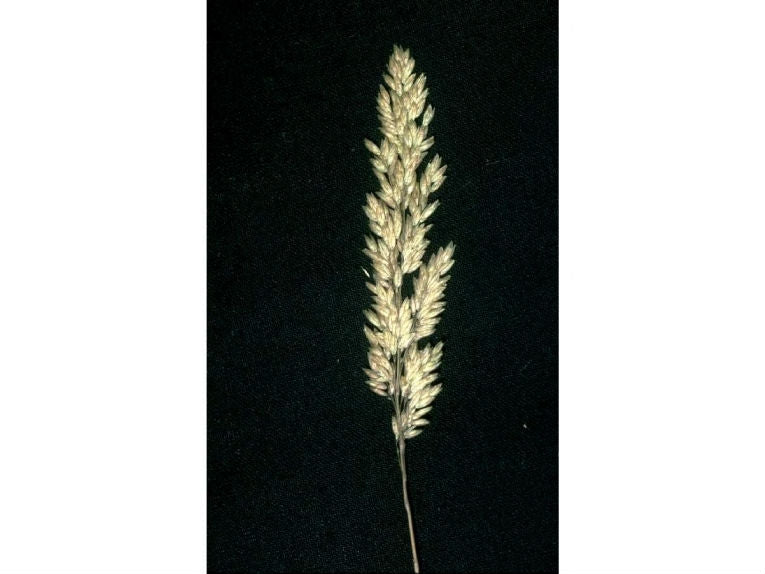The Kudzu Vine, Brown Tree Snake, the Common Carp, Garlic Mustard and the Blue Mussel - just a few of hundreds of invasive species threatening ecosystems across the planet. Such is the danger now posed by invasive species that is thought to be second only to habitat loss when it comes to threats to ecosystem diversity. In fact, it is estimated that invasive species cost $1.4 trillion annually in environmental and economic costs.
It has long been known that introducing a non-native species into a predator-free habitat, allelopathy (the release of substances by an invasive species that effect the growth, survival and breeding cycles of other organisms) and the impact of an invasive species on the food chain can have a detrimental effect on local ecosystems.
However, while studying the effects of invasive Velvetgrass, Holcus lanatus, on a native daisy at the Bodega Marine Reserve in California, Dr Alison Bennett and Dr Sharon Strauss from the University of California and Dr Meredith Thomsen from the University of Wisconsin have now shown that the impact of an invasive species can be felt even after its removal.
n their findings, published in American Journal of Botany, the researchers noted that the invasive Velvetgrass clearly interfered with the germination, growth and establishment of the native daisy.
Dr Bennett said: "Direct competitive effects of H.lanatus are most important during the invasion process and they have the greatest effect on plant community structure. Reduction of the direct competitive effects of H.lanatus should aid in native plant community conservation."
However, the scientists also noted that the Velvetgrass had an affect on other organisms in the soil, even after the invasive species was removed.
The presence of H.lanatus encouraged the growth of arbuscular mycorrhizal (AM) fungi, which, in turn, had a detrimental affect on other plant life - and this impact continued to be felt after the removal of the invasive species. The researchers concluded that:"
The effects of invasive species of plant communities can persist long after they have been removed because they can negatively alter soil communities."
Top Image Credit: Robert H. Mohlenbrock @ USDA-NRCS PLANTS Database / USDA NRCS. 1992. Western wetland flora: Field office guide to plant species. West Region, Sacramento.










